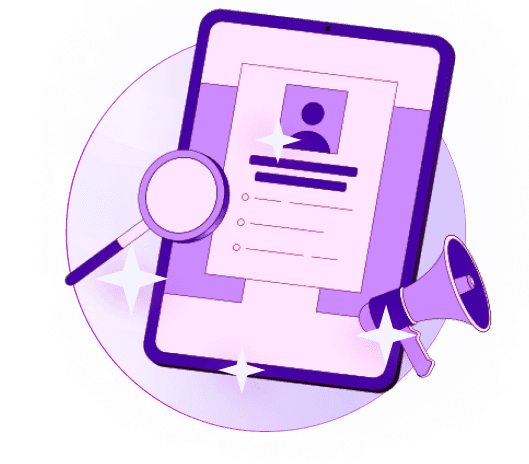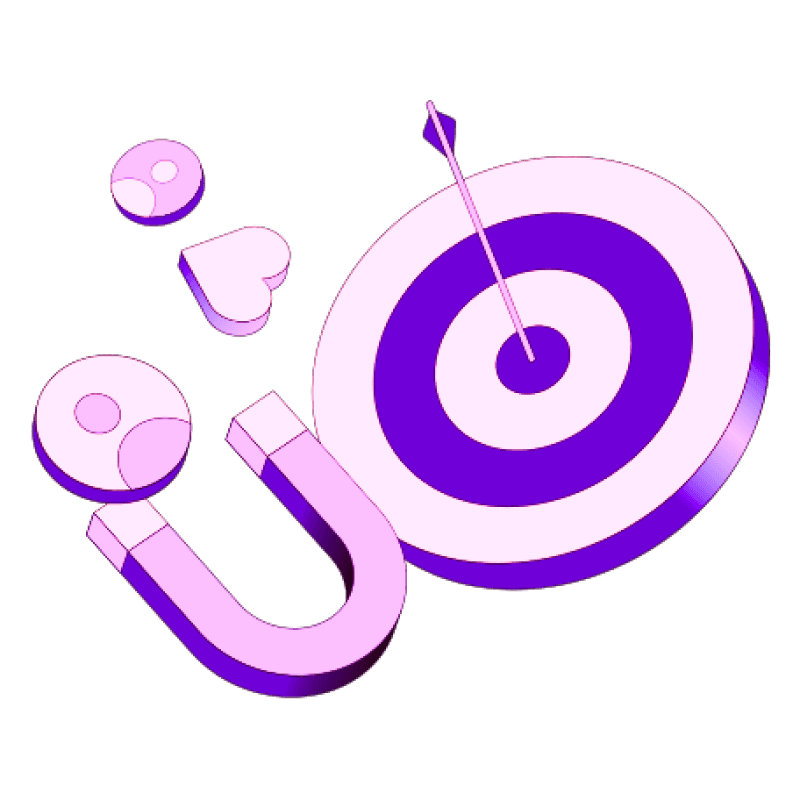Blogs
Articles

What is B2B Sales? Definition, Examples, Process In 2025
B2B sales represents a market that will reach $3.1 billion in the US by 2027. B2C e-commerce sales, on the other hand, might only touch $1.7 billion during this period.
B2B buyers read about 13 content pieces before they decide to buy anything. This deep research phase explains why 84% of B2B marketers create content to build brand awareness. The digital world will shape the future of B2B sales. By 2025, experts believe 80% of interactions between suppliers and buyers will happen through digital channels.
Let me help you understand the basics of B2B sales with real-life examples and proven strategies to direct you through this profitable yet complex sales landscape. This piece offers valuable lessons for everyone - from newcomers to experienced professionals looking to sharpen their business-to-business selling approach.
What is the B2B sales process?
The B2B sales process are the foundations of successful business-to-business transactions. This structured framework guides sales professionals to convert prospects into loyal customers. It provides a clear roadmap to engage, qualify, and close deals quickly.
A well-designed B2B sales process drives organizational success. The structured approach improves win rates, reduces sales cycles by removing delays, enables better revenue forecasting, and creates better buyer experiences.
Most B2B organizations follow a sales process consisting of 5-8 stages. The typical B2B sales process has these fundamental stages, though specific steps vary by industry and company size:
Prospecting: The experience starts with identifying potential customers who could benefit from your solution. Sales teams research industries and markets, use LinkedIn connections, attend networking events, or use AI tools to find promising leads. More than 40% of salespeople call this the most challenging part of the sales process.
Connecting and Qualifying: Sales representatives establish contact with identified prospects to determine their potential value. Qualification frameworks like BANT (Budget, Authority, Need, Timing) help assess the prospect's resources, decision-making power, and genuine interest.
Research: Sales teams gather detailed information about the prospect's business challenges, industry trends, and specific needs. Good research helps salespeople tailor their approach to each stakeholder's requirements and prepare for potential questions.
Presenting: This significant phase involves demonstrating your product or service through presentations, demonstrations, or proposals. Salespeople focus on addressing specific pain points rather than listing features.
Handling Objections: Prospects often raise concerns about pricing, implementation, or competing solutions. Knowing how to address these objections confidently can determine deal success. Sales teams should prepare for common objections during qualification and research.
Closing: This key moment involves negotiations, contract signing, or quote finalization. Sales teams adapt their approach based on each prospect's needs and situation.
Nurturing: B2B sales extend beyond a single purchase. Successful salespeople build relationships through follow-ups, support, and regular check-ins. This helps ensure customer satisfaction and reveals cross-selling opportunities.
What are examples of B2B sales?
Business-to-business sales exist in many industries, with different categories based on what products or services companies exchange. Real-life examples show how B2B selling works in different sectors.
Manufacturing
Manufacturing is a key part of B2B sales where companies sell parts, raw materials, or equipment to other businesses that make finished products. These sales usually involve large purchases worth substantial amounts.
Lumber companies sell wood to cabinet makers who create kitchen cabinets for their customers. Boeing shows manufacturing B2B sales excellence by providing commercial and military aircraft to governments and airlines worldwide.
Software solutions
Software-as-a-Service (SaaS) is growing faster as a B2B sales category. Companies provide tech solutions that make business operations and customer service better.
Salesforce leads SaaS B2B sales by offering cloud-based CRM tools that help organizations manage customer relationships. Their success comes from changing how businesses handle customer relationships and marketing activities.
Business consulting and training
Consulting services form another major B2B sales category. Here, expertise rather than physical products is the main offering. Service-based B2B sales include professional services like consulting, accounting, or IT support that businesses need.
Service-based sales work best when sellers show their expertise and industry experience to build client trust. Consultants prove their service reliability through case studies or testimonials and highlight benefits like better efficiency or affordable solutions.
Office supplies and services
Office supplies make up a large B2B market, valued at $86.63 billion in the United States as of 2016. B2B e-commerce helps this sector add value in a market with similar products where buyers focus on price.
Lyreco leads this space, operating in more than 40 countries worldwide selling office supplies to businesses. Office Depot has shifted from retail to B2B focus, and its Business Services Division almost makes up for declining retail sales.
Wholesale distribution
Wholesale distribution links the global supply chain by moving most products between business partners worldwide. The U.S. wholesale industry reached $12.20 trillion in 2022 and grows faster than the overall economy.
Wholesalers typically sell raw materials or manufacturing parts to other businesses. To name just one example, see Sysco, America's largest food distributor, which delivers food and drinks to restaurants and hotels.
What is a B2B sales representative?
B2B sales representatives connect companies with their business clients. They build relationships with corporate decision-makers to sell products or services that address specific business needs. Their role goes way beyond simple transactions and requires a unique set of skills suited to the corporate environment.
The core function of B2B sales representatives involves selling products between businesses rather than to individual consumers. They help their organizations grow by generating strategic leads, building relationships, and using effective sales techniques.
B2B sales representatives' duties include entire sales funnel management process. They look into target industries to find opportunities, reach out through emails and calls, understand what prospects want, and show product demonstrations. They also work with multiple decision-makers, handle complex deals, and run selling operations in their assigned territory or industry.
B2B sales roles come in different specialized positions:
Inside Sales Representatives talk directly with customers and show how their products solve specific problems
Sales Development Representatives find potential clients and learn about their needs and interest levels
Sales Engineers cooperate with sales teams to set up customer information systems and modify products for specific needs
What is a B2B sales funnel?
The sales funnel acts as the foundation of B2B selling strategies. This marketing concept shows how business customers move from first learning about your product to making the final purchase.
The story of sales funnels goes back to 1898. E. St. Elmo Lewis created principles to get customers: catch their attention, spark their interest, and build conviction. These ideas grew into what we now call the AIDA model (Awareness, Interest, Desire, Action). The model has its limits in B2B settings because it doesn't look at what happens after the purchase.
Most B2B sales funnels have six main stages:
Awareness: Prospects find your brand through various marketing efforts
Interest: Potential buyers research and learn more about your offerings
Consideration: Stakeholders review and share information internally
Intent: Buyers request demonstrations or trials
Evaluation: Decision-makers review proposals and compare options
Purchase: The final transaction occurs
B2B transactions are different from consumer sales. They involve more people who make decisions, which creates longer sales cycles in the funnel stages. Companies might go through the funnel several times as they cooperate with business partners.
Conclusion
B2B sales is the life-blood of modern business operations. The US market alone is projected to reach $3.1 billion by 2027, showing immense growth potential. This piece explored how business-to-business sales goes way beyond simple transactions.
The well-laid-out B2B sales process takes a scientific rather than artistic approach. It directs professionals through vital stages from prospecting to building relationships. B2B principles apply to industries of all types - from manufacturing and software to consulting, office supplies, and wholesale distribution.
Companies wanting to raise their B2B sales game with AI assistance can turn to Persana.ai. Their innovative tools are built specifically to optimize business-to-business relationships and processes.

Create Your Free Persana Account Today
Join 5000+ GTM leaders who are using Persana for their outbound needs.
How Persana increases your sales results
One of the most effective ways to ensure sales cycle consistency is by using AI-driven automation. A solution like Persana, and its AI SDR - Nia, helps you streamline significant parts of your sales process, including prospecting, outreach personalization, and follow-up.



